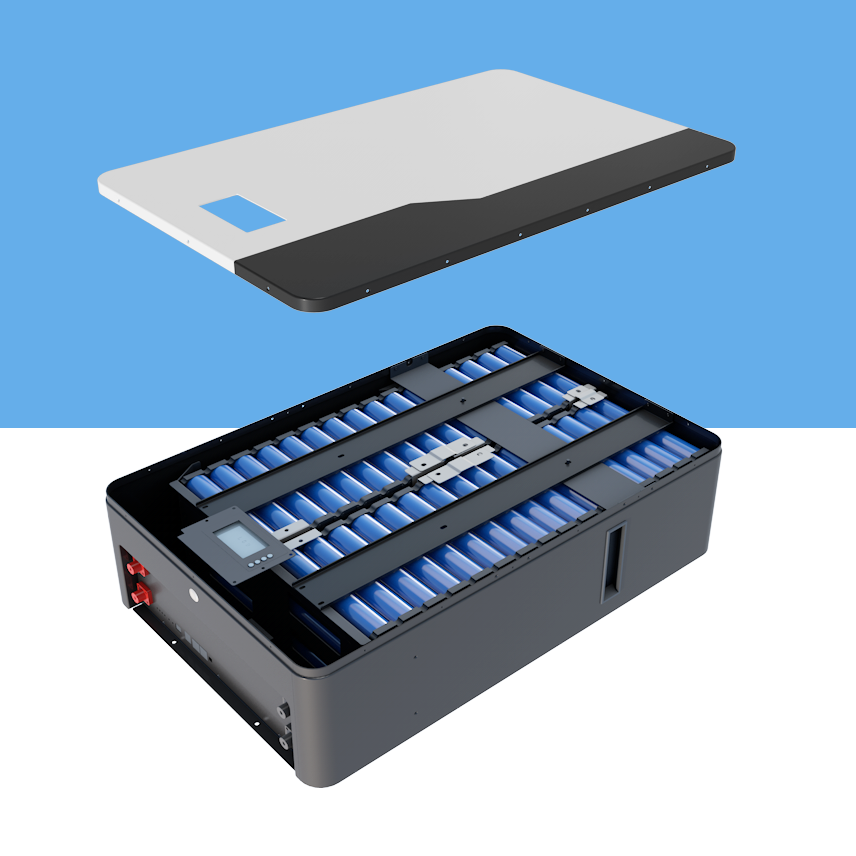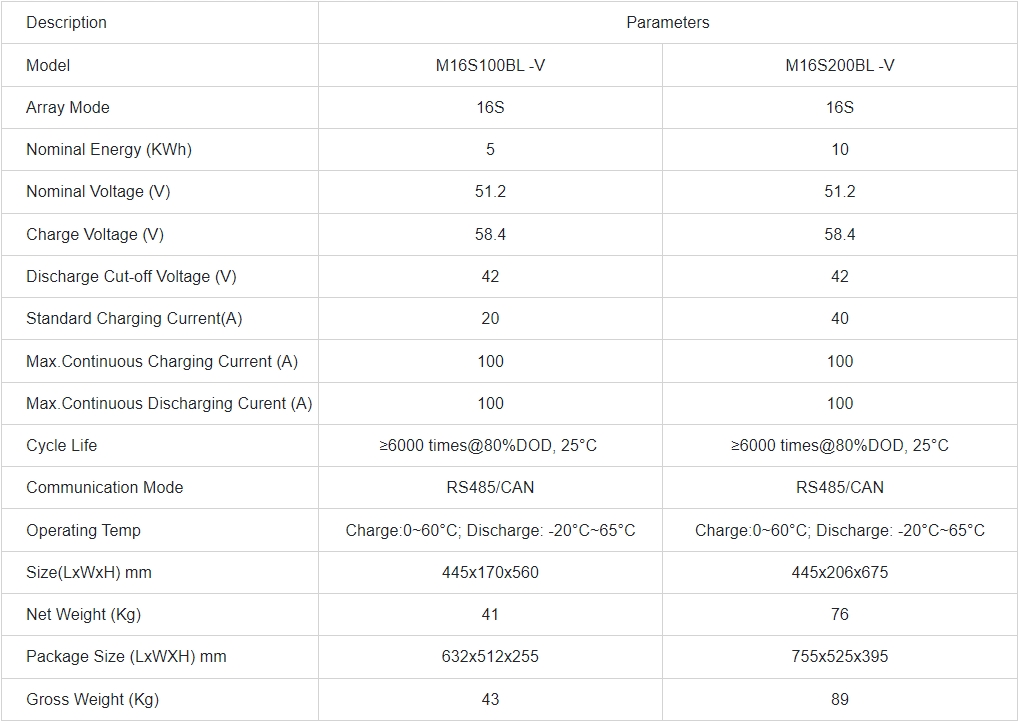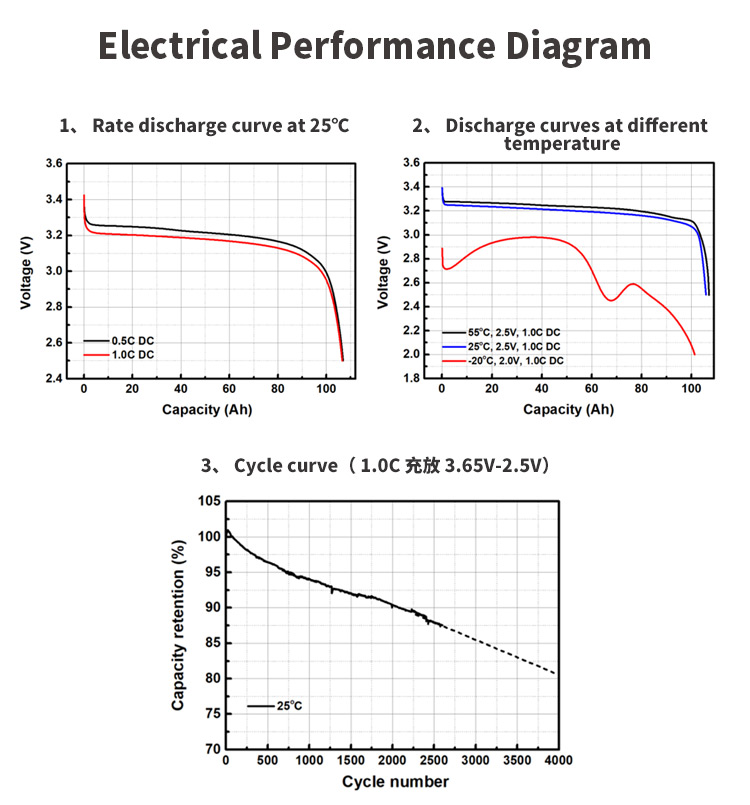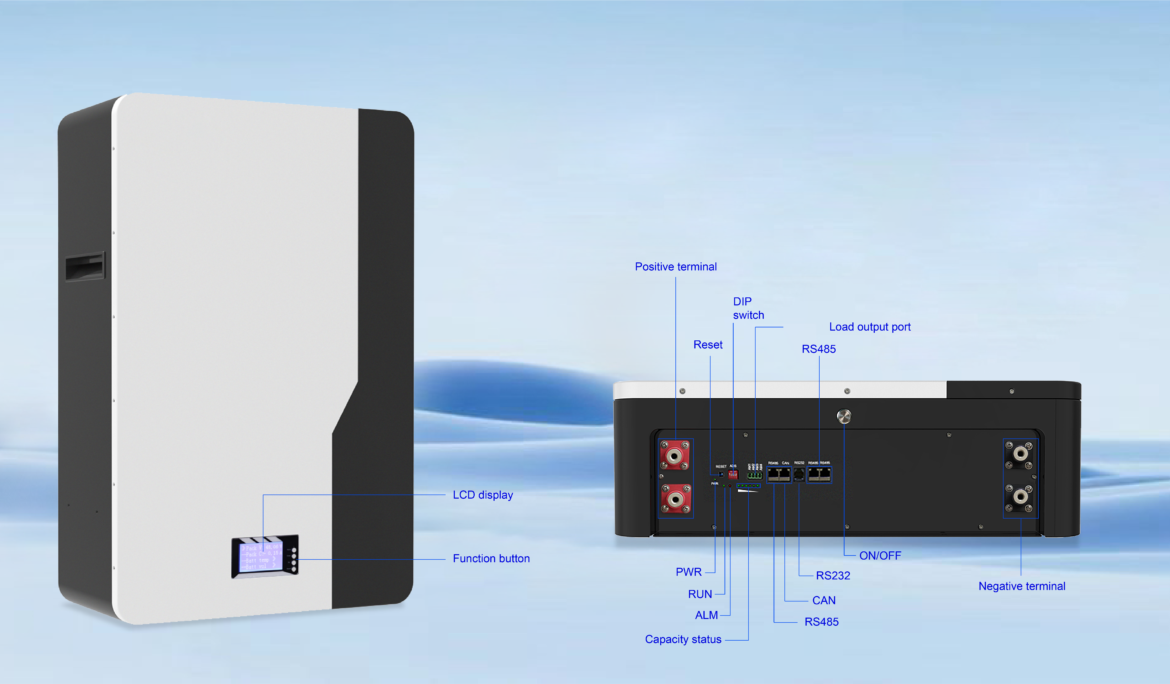48V LiFePO4 Powerwall is one of the rechargeable energy storage batteries, and they can be widely seen in our homes. One of the most fundamental factors in the performance of the batteries is the complexity of their charging voltage. In response to this problem, we have expanded and shared it below to inform everyone about the optimal charging voltage of the 48V LiFePO4 Powerwall.
What is unique about the 48V LiFePO4 Powerwall?
First, we must have a basic understanding of the 48V LiFePO4 Powerwall. The 48V LiFePO4 Powerwall is distinguished by its cathode material, providing an excellent stability and safety combination. The 48V setup enhances the qualities of the batteries, allowing them to integrate well with renewable energy systems to become robust energy storage solutions. The interaction between the LiFePO4 chemistry and the 48V configuration makes it one of the most attractive batteries in different areas of energy storage.

The core of the problem
Charging voltage is a crucial determinant of the performance and lifespan of any battery system. For the 48V LiFePO4 Powerwall, achieving the perfect charging voltage requires understanding that insufficient voltage may result in an incomplete charge cycle, while excessive voltage may accelerate performance. Degenerate. Our excess may accelerate degradation.
Therefore, we must consider various factors, including temperature, charge rate, and LiFePO4 chemistry. We have listed two models, “M16S100BL-V” and “M16S200BL-V“. The standard charging voltage of these two models is 58.4V (the parameters are as shown below). This is the recommended charging voltage range we provide, and different users in each region and country need to be able to fine-tune the charging process to their unique requirements. The following section will tell you a few things that affect the charging voltage.

48V LiFePO4 Powerwall Temperature Precautions
The complex relationship between temperature and optimal charging voltage requires repeated and careful examination. Effective temperature management is critical to maintaining the integrity of the 48V LiFePO4 Powerwall. In addition to the standard operating temperature range we provide, as a user, you must understand the impact of extreme temperatures on the battery’s electrochemical reaction, and you also need to adjust it according to different environments. In cold climates, lower temperatures hinder ion mobility within the battery, slowing the charging process and potentially affecting overall performance. Conversely, high temperatures accelerate chemical reactions, leading to increased degradation. Therefore, implementing temperature control mechanisms such as thermal regulation systems or insulation is crucial to maintaining optimal charging voltage conditions.
48V LiFePO4 Powerwall charging rate dynamics
The charging rate is often quantified in terms of C (capacity ratio), which introduces additional complexity to charging voltage. thus affecting the temperature thermodynamics discussed previously. Managing this heat becomes an essential aspect of optimizing the charging process. An advanced battery management system (BMS) can also play a key role in monitoring and controlling charge rates, ensuring that charge rates remain within recommended limits. This can significantly enhance the security of the system and also help extend the service life of the 48V LiFePO4 Powerwall.

The best charge for your customization
The final point is that we can also use customization to optimize their charging voltage. We will provide professional guidance (for details, please visit our official website to consult customer service). Tailoring these guidelines to your specific requirements can improve the efficiency and longevity of your energy storage system.
The benefit of customization is understanding the unique energy needs of your application. Residential and commercial environments have different energy consumption patterns, and adjusting charging voltage to suit these patterns can yield significant benefits. For example, residential settings with intermittent energy needs may benefit from a slightly lower charging voltage to reduce stress on the battery during periods of common usage.
Keep exploring your 48V LiFePO4 Powerwall
This guide can give you a basic understanding of the charging voltages of 48V LiFePO4 Powerwall and what factors affect them. The final battery usage parameters and performance must be adjusted by ourselves based on the surrounding environment. This is also the benefit that new energy storage batteries bring to us. There is more information on our official website. You can visit our official website and contact our customer service to learn more.










